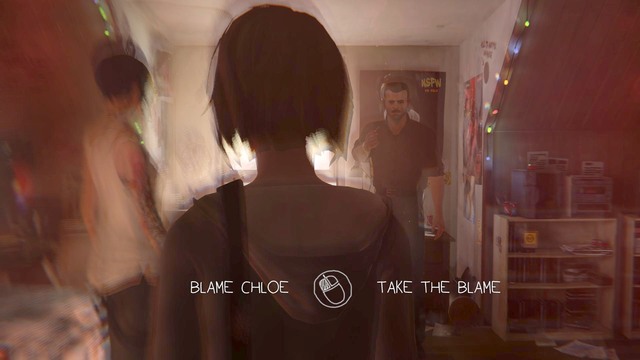The first point brought up by Henry Jenkins in Game Design as Narrative Architecture is the relationship between games and story.
“Interactivity is almost the opposite of narrative; narrative flows under the direction of the author, while interactivity depends on the player for motive power.” – Adams, 1999
As a game and as a narrative, there are conflicting interests. Giving freedom to the player to control how the world builds will derail from an intentional narrative, however limiting said freedom may be harmful an experience in a game.
While there is some truth to the statement, I don’t quite agree with it for it assumes that there is no complements between interactivity with narrative.

Early text-based adventure games usually involve putting your character in scenarios, where the player inputs commands to get up, interact with items, move to locations, etc. Whether the game is linear or not, the interaction of the player was necessary for the game to continue on and progress the narrative. Unlike a novel, the player is put into the first person perspective with control over the actions players may take.


As games advance over the years, the quality and variety of choices and how much they affect the narrative improve. From simple choices as omelette or waffles for breakfast, which may affect little but flavour for the player, to bigger choices which may affect where your character goes and how other characters perceive you. The expansion of multi-linear narratives also aid on how a player would like a story to flow, perhaps the same “happy ending” isn’t the ending the player would like. Perhaps to player does not want to get along with a certain character they dislike.
Overall, what really matters is how this interactivity shapes the experience for the narrative to the player. Interactivity, however incorporated may aid or harm the player’s perspective of a story, and as a designer, it is up to us to decide what to do with such power.
